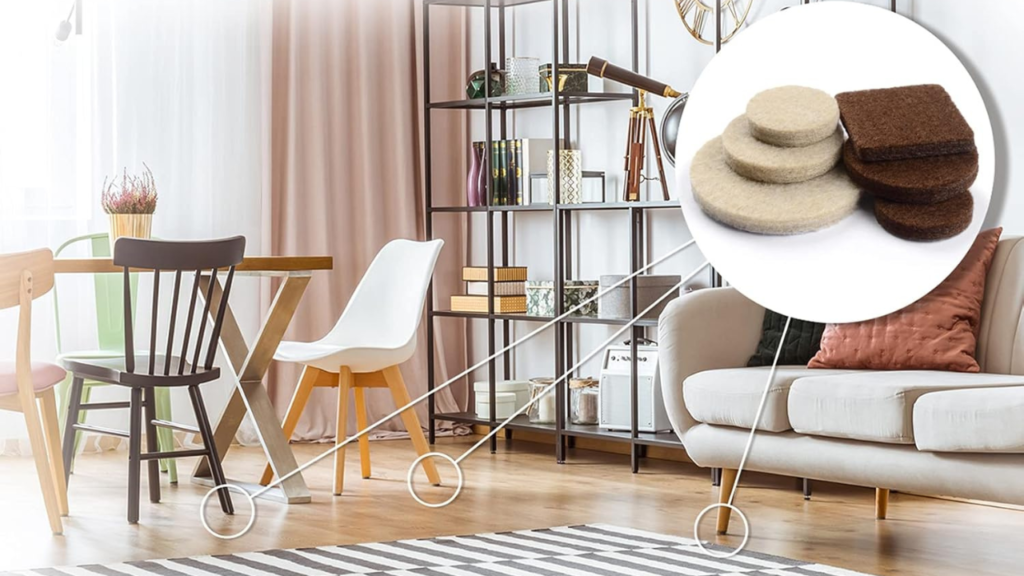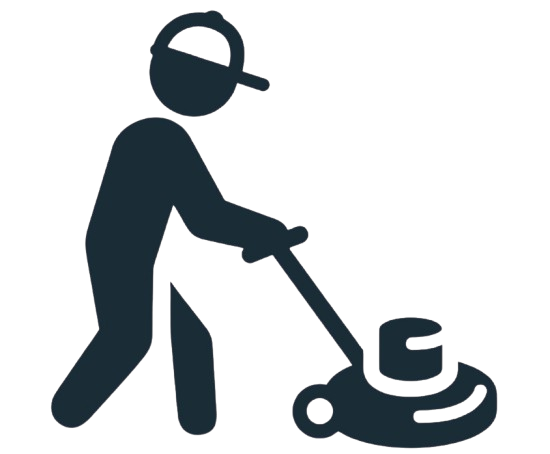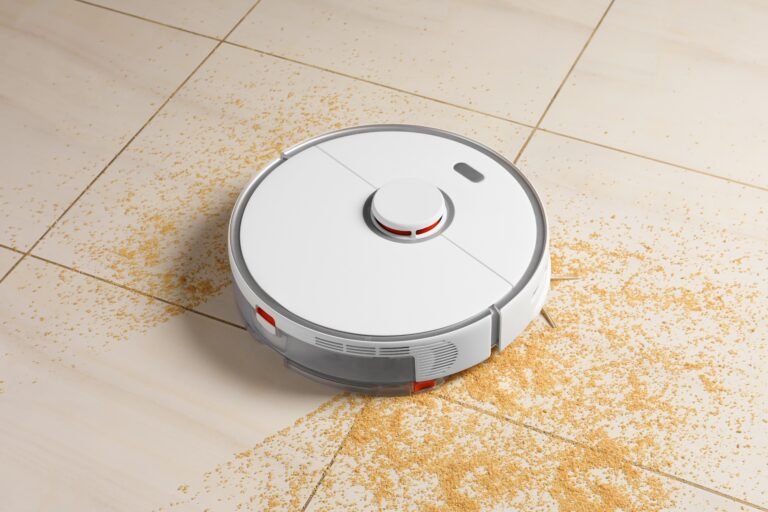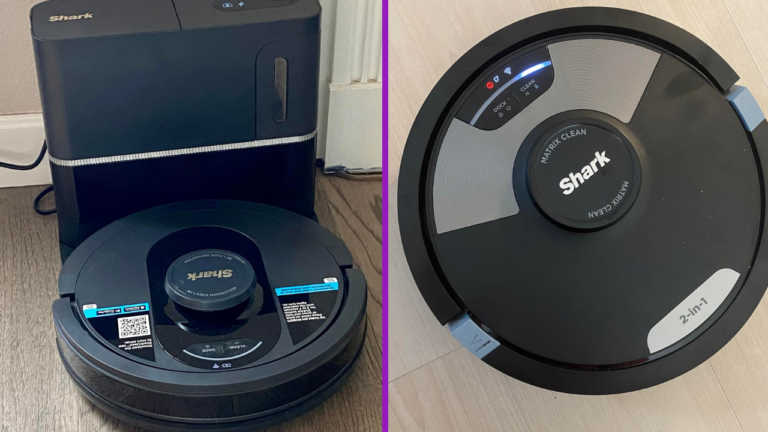Felt Pads are essential for preserving the elegance and warmth of wood floors, which make any home more inviting. While wood floors are beautiful, they are prone to scratches, dents, and general wear. Felt pads offer an inexpensive yet highly effective way to safeguard your floors from damage caused by moving furniture, heavy foot traffic, and daily mishaps.
In this comprehensive guide, we’ll explore the many benefits of felt pads, why they are a must-have for wood floor care, how to select the best-felt pads for your needs, and share pro tips to maximize floor protection.

Table of Contents
1. What Are Felt Pads, and How Do They Work?
Felt pads are small, cushioned pieces typically made from durable felt material, often with an adhesive backing that sticks to the bottom of furniture legs. They come in various shapes, sizes, and thicknesses to accommodate different types of furniture. When applied correctly, felt pads create a barrier between your furniture and the floor, reducing friction and minimizing the risk of scratches and other damage.

2. Benefits of Using Felt Pads on Wood Floors
a) Scratch Prevention
Furniture legs, especially those made from hard materials like metal or wood, can easily scratch wood floors when moved. Even slight movements from sitting down or shifting furniture can leave unsightly marks. Felt pads create a soft buffer that allows furniture to glide without scratching the surface of your floor.

b) Noise Reduction
Hardwood floors amplify sound, making furniture movements noisy. Felt pads help absorb sound, providing a quieter environment, especially in multi-story homes or apartments. Felt pads on chairs, tables, and heavy furniture will significantly reduce the sound of scraping and dragging, creating a more serene atmosphere.

c) Floor Protection From Heavy Furniture
Heavy furniture can dent wood floors over time, even without being moved. Felt pads help distribute weight more evenly, reducing the pressure on a single point and preventing dents and indentations in your wood floor. This is particularly helpful for large items like sofas, dressers, and entertainment centers.

d) Easier Furniture Movement
Felt pads make it easier to slide furniture across the floor when cleaning or rearranging. You won’t have to worry about heavy furniture leaving drag marks as it’s being moved, which is beneficial for frequently repositioning pieces like dining room chairs.
e) Prolonged Floor Life
Wood floors are an investment, and proper maintenance can extend their life. Using felt pads protects the finish, which delays the need for expensive refinishing or repairs. Felt pads help reduce the day-to-day damage that can add up over time, so your floors look better and last longer.

f) Cost-Effective Solution
Felt pads are incredibly affordable compared to the costs of floor repairs, refinishing, or even replacing scratched wood floors. They’re an easy, cost-effective way to protect your wood floors and avoid the hassle and expense of floor repairs.
g) Protects Furniture Legs and Carpets
Not only do felt pads protect wood floors, but they also protect your furniture legs and carpets. The cushioned surface reduces leg wear, preventing carpets from snagging on sharp furniture corners.

3. Choosing the Right Felt Pads for Your Wood Floors
Felt pads come in various shapes, sizes, and thicknesses, and selecting the right type can improve their effectiveness. Here’s what to look for:
a) Shape and Size
Choose felt pads that match the size and shape of your furniture legs. Standard options include round, square, and rectangular felt pads, with sizes varying from 1/2 inch to 4 inches or larger. Ensure they fully cover the bottom surface of the furniture legs for maximum protection.
b) Thickness
Thicker felt pads provide more cushioning, which can benefit heavier furniture. Thin felt pads are ideal for lightweight pieces like dining chairs, while thicker ones are better suited for sofas, tables, and other large furniture.
c) Adhesive Quality
A high-quality adhesive is essential to keep felt pads securely attached. Some cheaper felt pads lose adhesion over time, causing them to slide or fall off. Opt for felt pads with robust and durable adhesive that won’t leave residue on your floor.
d) Durability and Density
Felt pads with higher density and durability last longer and provide better floor protection. Dense felt pads maintain their shape and don’t compress easily, making them more effective at reducing friction and absorbing impact.
e) Color Options
While not directly related to performance, some people prefer felt pads that match the color of their flooring or furniture. Most felt pads come in neutral colors, like brown, beige, or black, which blend well with different wood floors.

4. How to Install Felt Pads Correctly
To get the most out of felt pads, proper installation is crucial. Here are a few steps to help you apply them correctly:
- Clean the Furniture Legs: Before applying felt pads, clean the bottom of the furniture legs to remove any dust or grime. This helps the adhesive stick better and ensures a longer-lasting application.
- Choose the Right Size: Select a felt pad that covers the entire bottom of each furniture leg. If necessary, cut larger felt pads to fit unusual shapes or sizes.
- Peel and Stick: Carefully peel off the adhesive backing and press the felt pad firmly onto the bottom of the furniture leg. Hold it in place for a few seconds to ensure a strong bond.
- Check Periodically: Felt pads may wear down or fall off over time, especially on frequently moved furniture. Check periodically and replace any pads that show signs of wear or damage.

5. Maintenance Tips for Felt Pads and Wood Floors
Using felt pads is only part of a comprehensive wood floor protection strategy. Here are additional maintenance tips to keep your floors in top condition:
a) Regularly Inspect and Replace Felt Pads
Inspect felt pads every few months, especially on high-use furniture like chairs and sofas. Replace pads that are worn, flattened, or no longer fully attached to ensure continuous protection.
b) Clean Felt Pads and Floors
Dust and dirt can accumulate on felt pads, creating friction against your wood floors. Vacuum or wipe down felt pads periodically to remove any debris. Also, sweep and mop your floors regularly to prevent dirt from scratching the surface.
c) Avoid Sliding Furniture Without Pads
While felt pads help with smooth sliding, it’s best to avoid sliding furniture without additional support, especially for heavy items. Consider using furniture sliders or lifting furniture for significant moves to prevent excessive wear on the felt pads.
d) Consider Additional Floor Protectors
For furniture with wheels, like office chairs, invest in wheel covers or floor mats designed to protect wood floors. This adds an extra layer of protection against rolling friction and can prevent costly floor damage.

6. FAQs on Felt Pads and Wood Floor Care
Q: Do felt pads work on all types of wood floors?
A: Yes, felt pads work on hardwood, engineered wood, and laminate floors. They provide a buffer that reduces friction and prevents scratches on most types of wood flooring.
Q: How often should I replace felt pads?
A: For high-traffic areas, felt pads should be replaced every 3-6 months and for less-used furniture every year. Inspect them regularly and replace them as needed.
Q: Can I use felt pads on other types of flooring?
A: Felt pads can protect tile, laminate, and vinyl flooring from scratches. However, check the compatibility of your specific flooring material.
Q: What should I do if my felt pads keep falling off?
A: If felt pads don’t stick well, clean the surface of the furniture legs before reapplying them. You may also consider using a stronger adhesive or switching to nail-in felt pads for added durability.
Conclusion: Invest in Felt Pads for Long-Term Wood Floor Protection
Felt pads are a simple, affordable, and highly effective solution for protecting wood floors from scratches, dents, and other damage. By reducing friction and providing a buffer between furniture and flooring, felt pads help prolong the life and beauty of your wood floors, saving you from costly repairs down the line. Remember to select high-quality felt pads, install them correctly, and maintain them regularly for optimal results.
When it comes to wood floor care, a small investment in felt pads can make a big difference—keeping your floors looking pristine for years to come!



